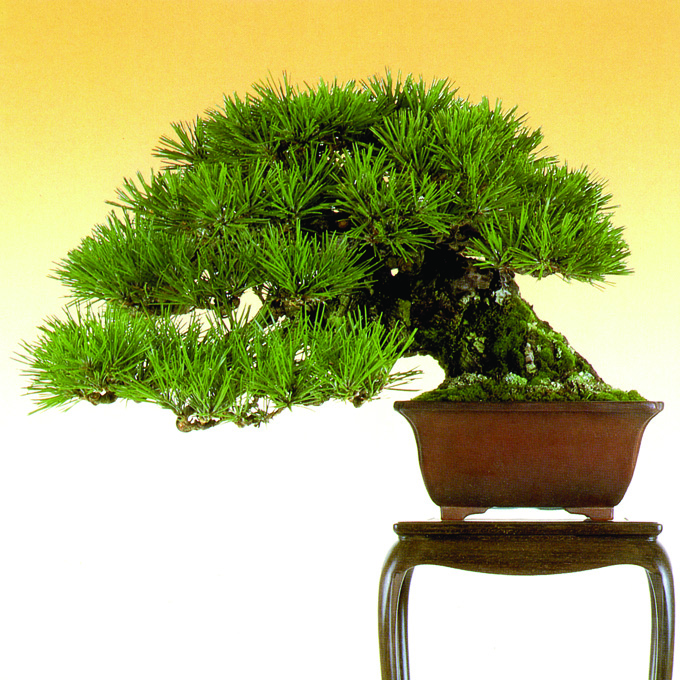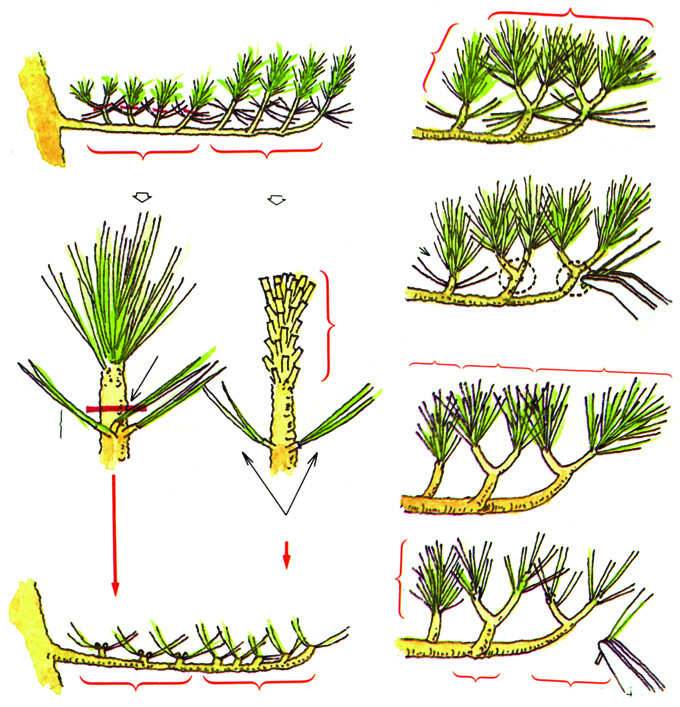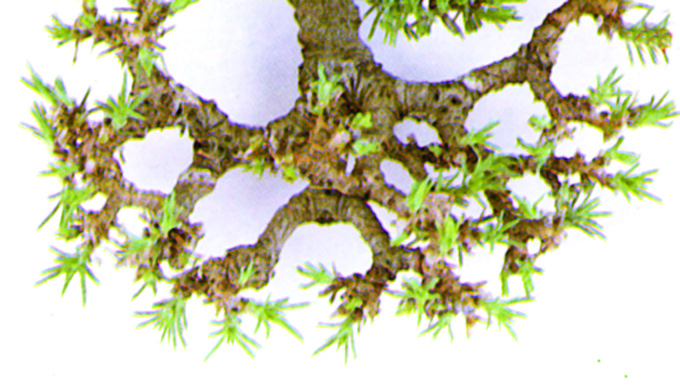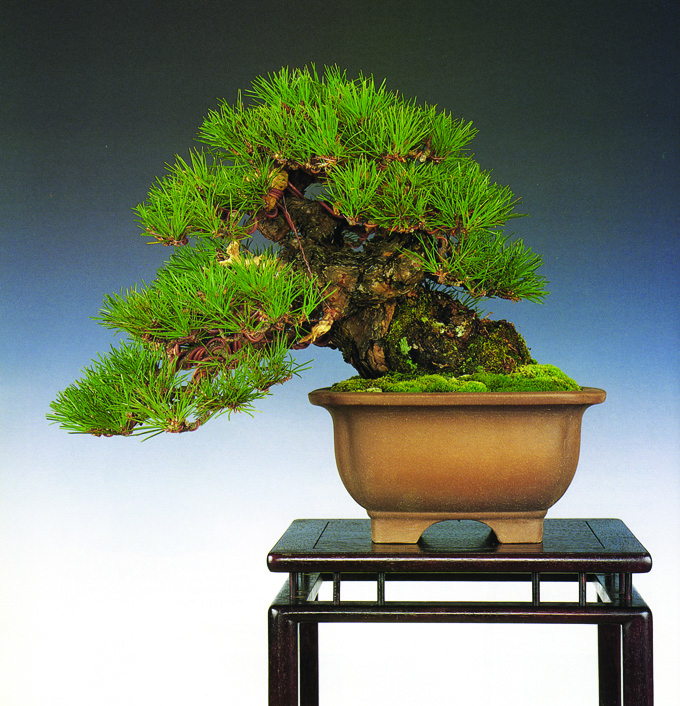 You can bet that this Japanese black pine (Pinus thunbergii) was fertilized with a master’s touch. Speaking of masters, this photo is from our Masters’ Series Pine Book.
You can bet that this Japanese black pine (Pinus thunbergii) was fertilized with a master’s touch. Speaking of masters, this photo is from our Masters’ Series Pine Book.
Staying in our archival mode, here’s another post on fertilizing (from last June). Well, fertilizing and needle reduction on Black pines (as opposed to fertilizing Black pines). Anyway, it’s the fertilizing part we’re most interested in now, which was the topic of our last post. But we left out one very important point: don’t fertilize old trees the same way you fertilize young trees.
Whenever Michael Hagedorn writes, I read. What follows (in italics) is a part of a post by Michael on his famous Crataegus Bonsai blog:
“For fertilizing bonsai, we can make this one basic distinction: Begin fertilizing a young, unrefined tree when it begins growing early in the spring. Wait a bit with an older, refined tree—usually begin fertilizing when it’s just hardening off it’s spring growth…
Quiz: If we were to fertilize everything the same, strongly, starting early in the year, what would happen?
The young trees would stay forever young
The old, developed trees would become young again.” Here’s the rest of Michael’s post.
Michael doesn’t talk about which fertilizers he uses, so… in my experience, fertilizers that promote soil health (soil is another topic we’ve been exploring lately) are the best. This means somewhat mild organic fertilizers (Green Dream pellets or rape seed cakes for example) are usually preferable. Slow release is good too. Also, I think mixing (or alternating) two or three types of fertilizers works best.
Black pines? This post has expanded beyond just fertilizing to include needle reduction on Japanese black pines. It’s just a fortuitous accident; Michael references cutting candles (needle reduction) on Black pines in his post, so why not?
 There’s plenty to say and show about needle reduction on Japanese black pines and these illustrations provide only part of the picture. For the whole picture, check out our Masters Series Pine book (all the images in this post, including this one, are from this book).
There’s plenty to say and show about needle reduction on Japanese black pines and these illustrations provide only part of the picture. For the whole picture, check out our Masters Series Pine book (all the images in this post, including this one, are from this book).
 A part of a Black pine right after completing needle reduction.
A part of a Black pine right after completing needle reduction.
 Usually, when we think of Japanese black pines, we think of larger bonsai. However, with good needle reduction, smaller Black pines can work too, as attested to by this photo and the one at the top of the post. Both are from our Masters’ Series Pine book.
Usually, when we think of Japanese black pines, we think of larger bonsai. However, with good needle reduction, smaller Black pines can work too, as attested to by this photo and the one at the top of the post. Both are from our Masters’ Series Pine book.
Where can I purchase a Black Pine?
Hi Chuck,
There are any number of bonsai nurseries that sell Black pine suitable for bonsai. Might even be one near you.